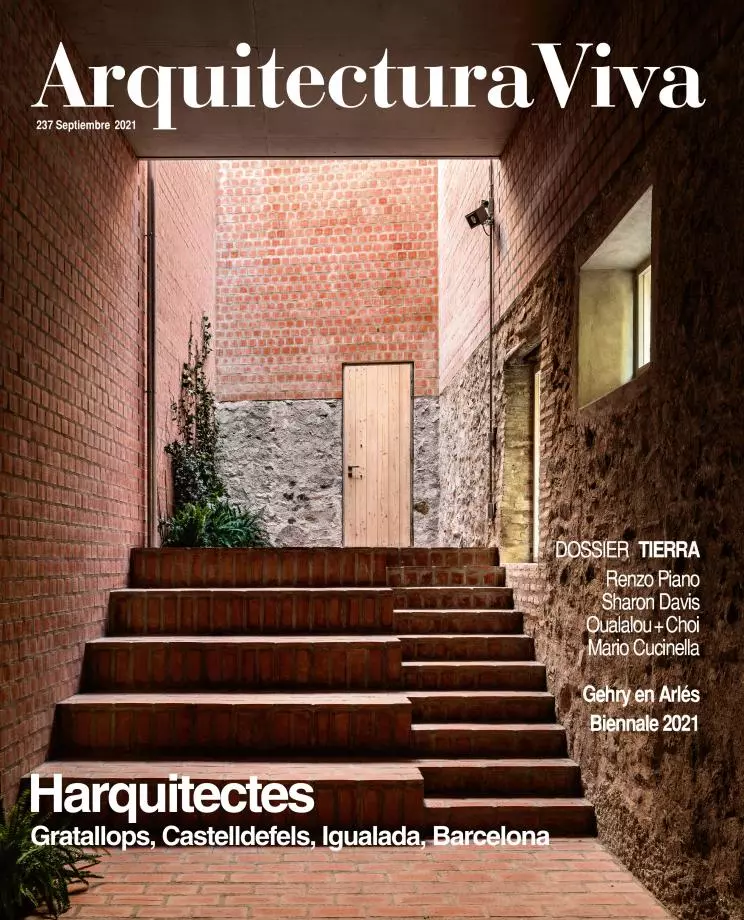
In 1997, Frank Gehry opened with his Guggenheim of Bilbao a new chapter of the history of architecture and city-building: the irruption of spectacular buildings designed by star architects to harbor private institutions, with which municipal councils sought to revitalize activity in their cities. Copied all around the world, this model nevertheless ran out of steam as architecture, politics, and the world at large embraced, at least in discourse, the denouncement of irreversible damages that human actions cause on the environment and ecosystems.
The change of direction was sudden, catching architecture – quintessential example of a discipline that needs time to react – unprepared; so it is that we tire of counting buildings that reach completion looking anachronistic...[+]





